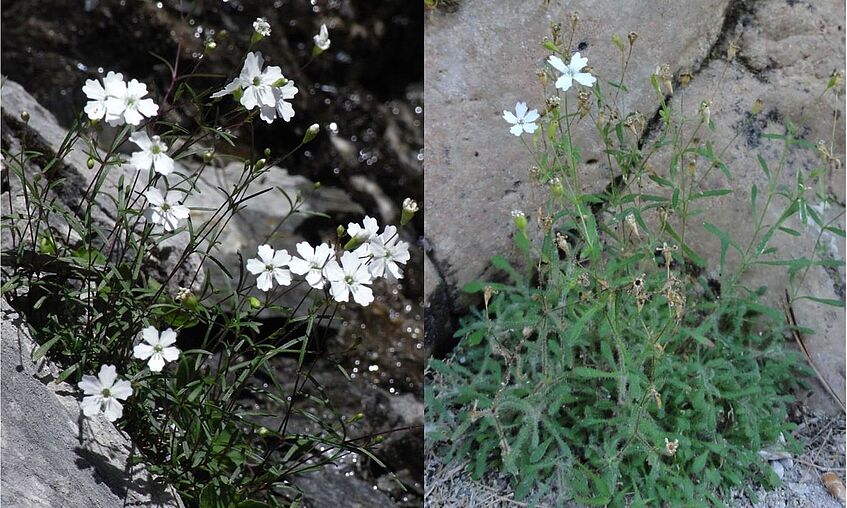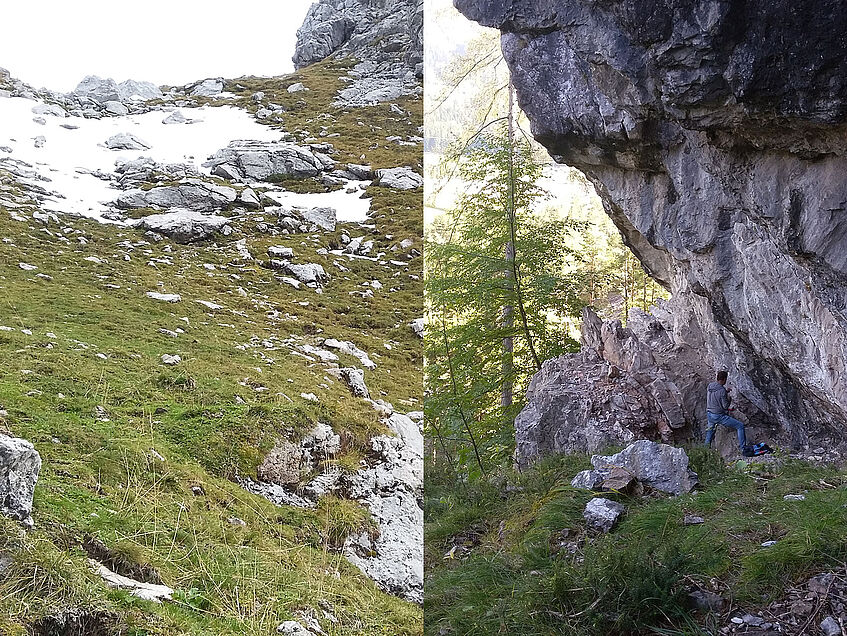Genetic and genomic analyses using RADseq
This hands-on course aims to introduce RADseq as a genomic method to investigate population structure and phylogenetic relationships in model and non-model organisms. We will exemplify the method by using a system of montane and alpine ecotypes of Heliosperma pusillum in Southeastern Alps. These are ecologically and morphologically distinct units, but previous data suggested that their evolutionary history does not feature a single divergence event between them.

We will therefore aim here to adress the following aspects:
- What is the population structure and the reationships between ecotypes/populations?
- How many origins of one ecotype from the other are there and what is their direction (i.e., A -> M or M ->A)?
- Are the reduced sizes of the montane populations reflected in their genetic patterns?
- Are there signs of gene flow between populations at the local level (i.e., along the altitude on the same mountain) and/or at the ecotype level (i.e., on the horizontal)?

The data comes from a published paper (Trucchi et al., 2019). More details about our research on this study system, the literature and a press release relevant for it are available here.
Installation of software
Quality assessment of sequence data
De novo assembly of RAD loci
Filter SNP data
Analyze SNP data with fastStructure
